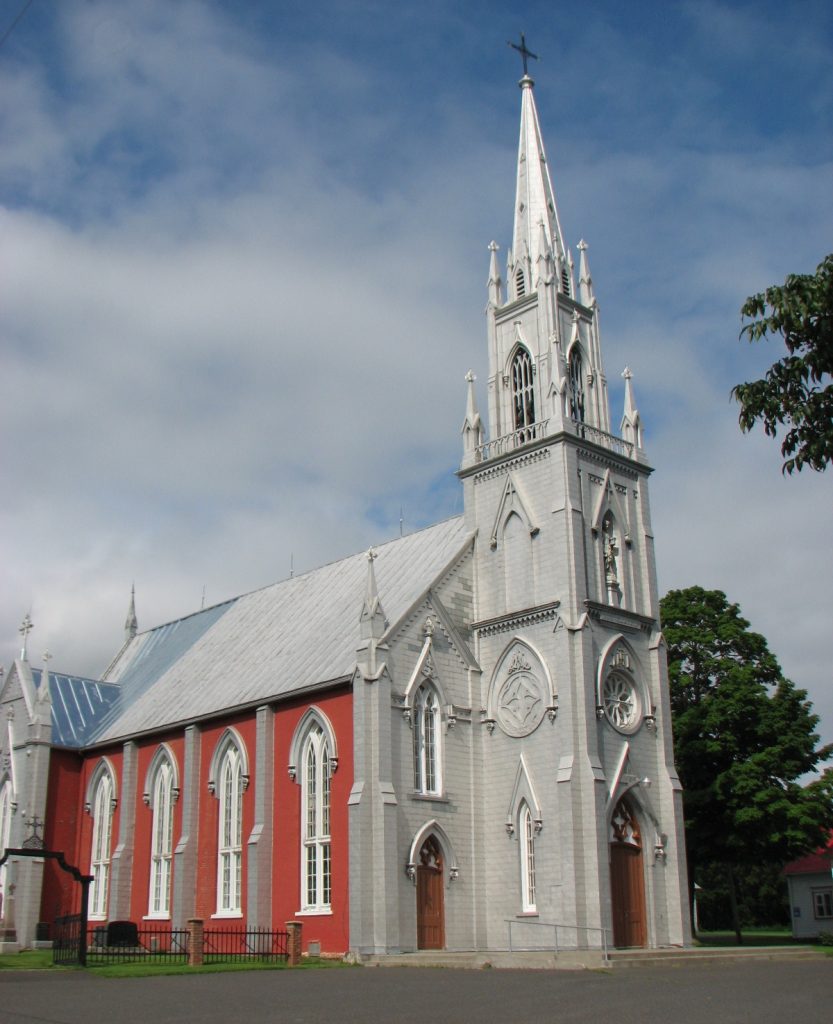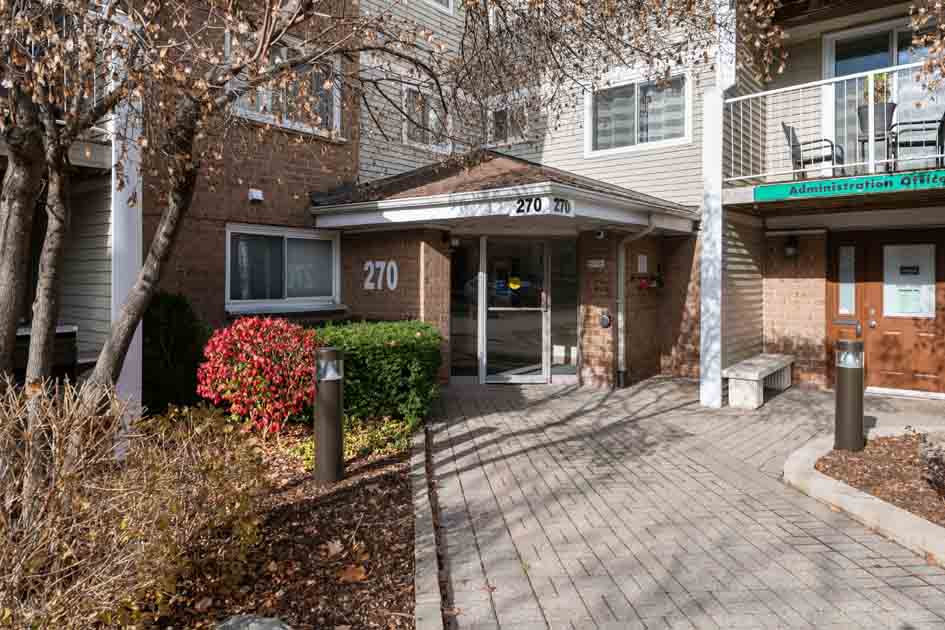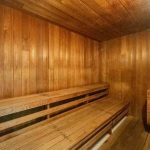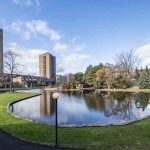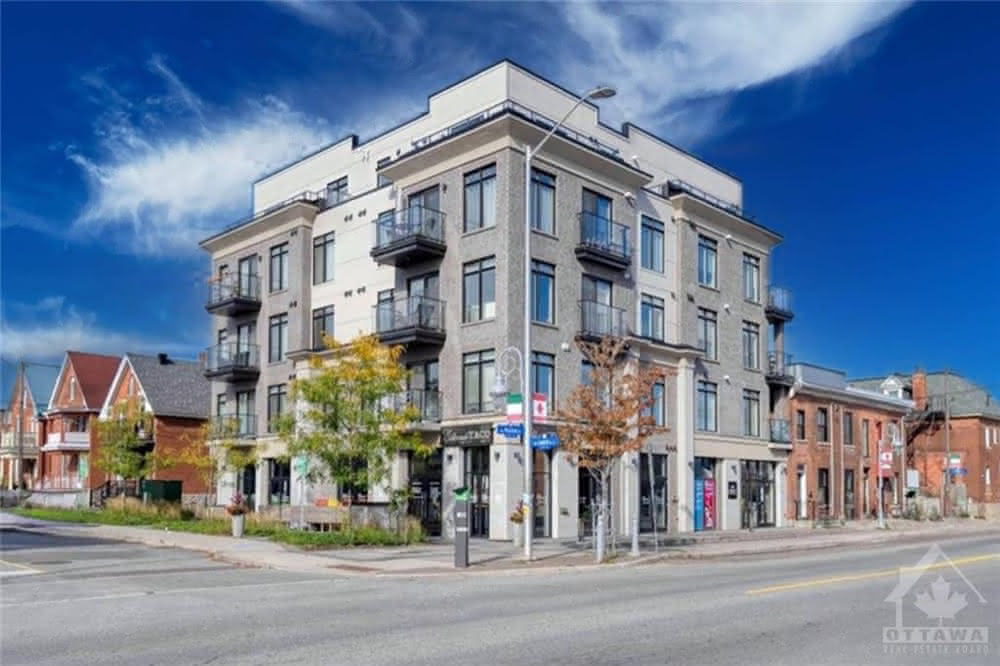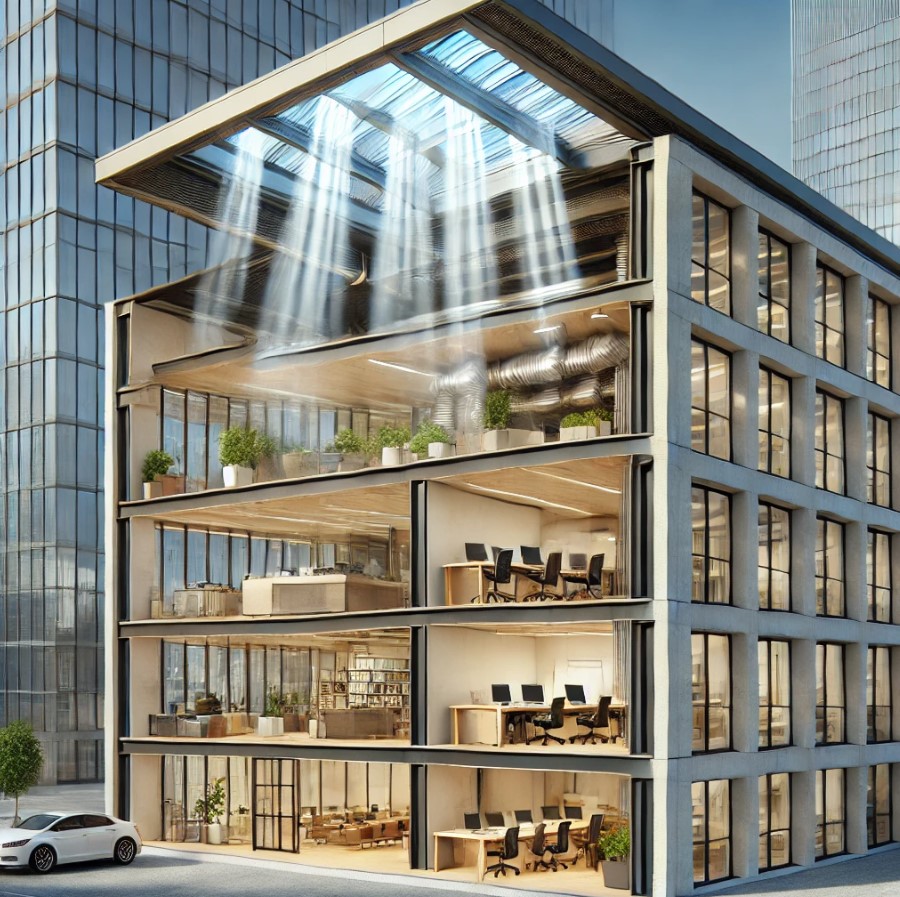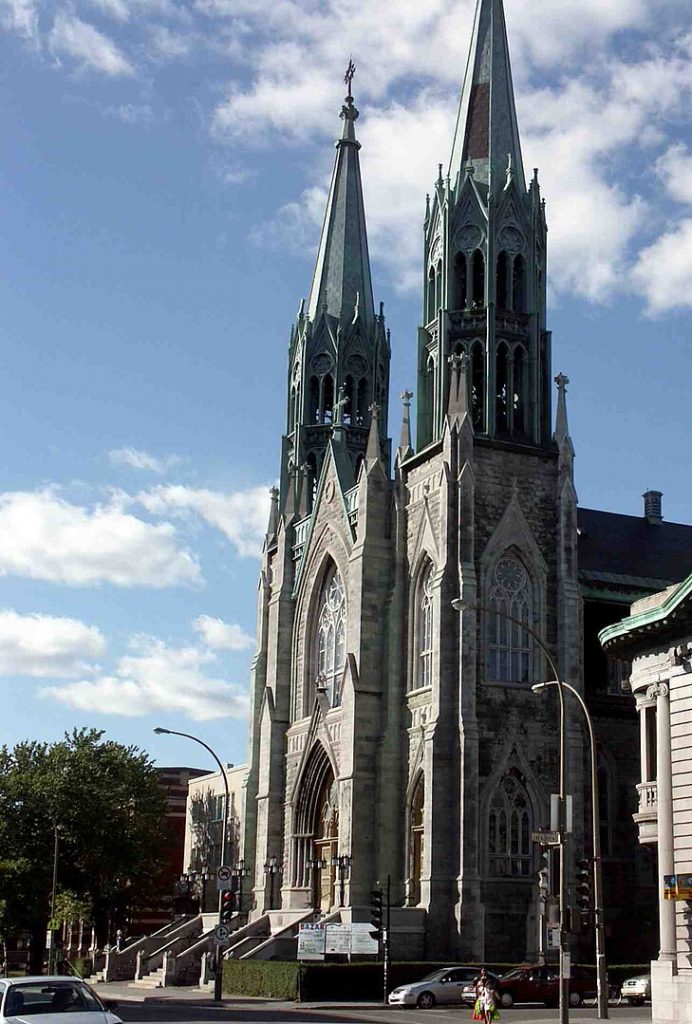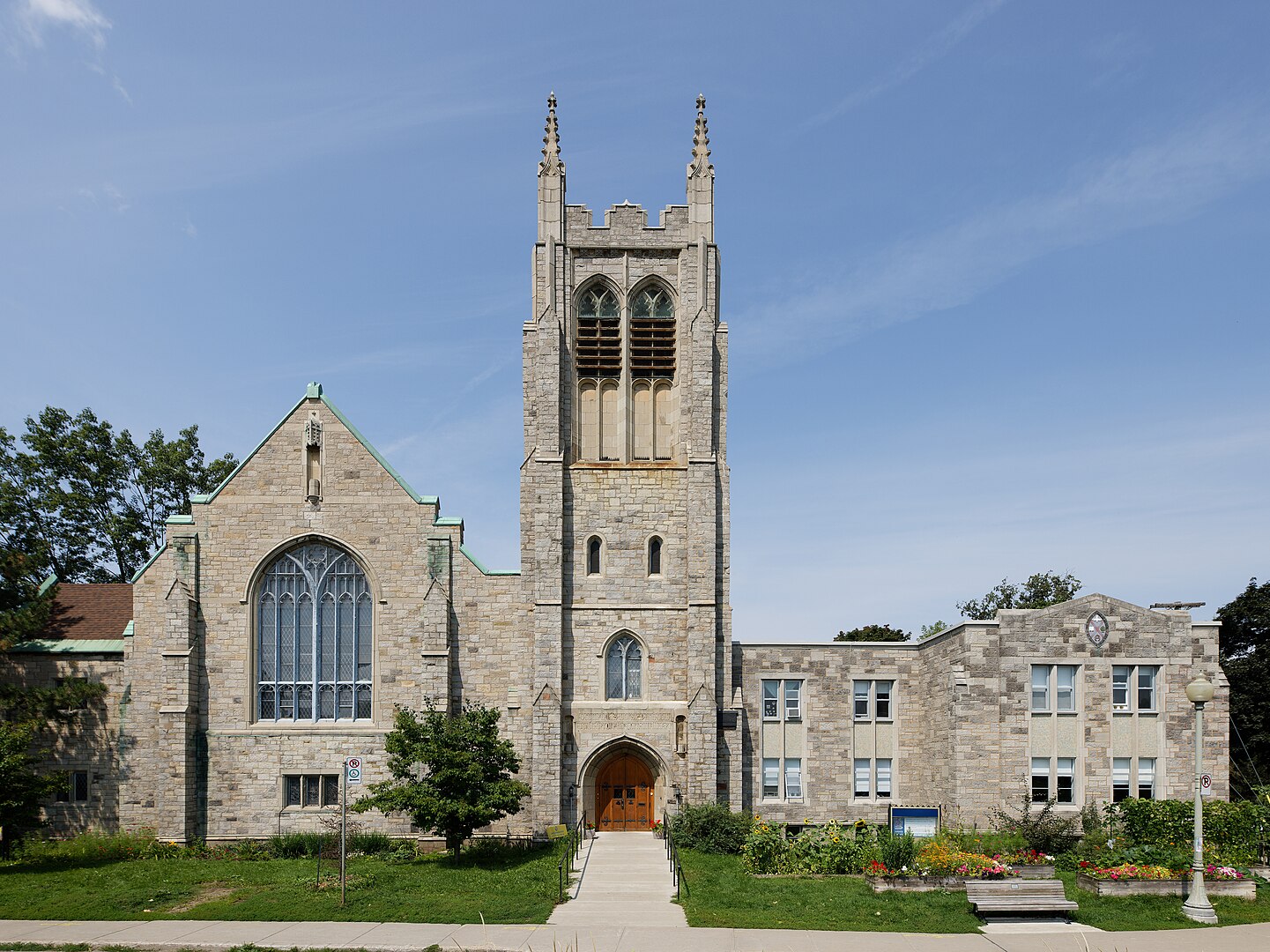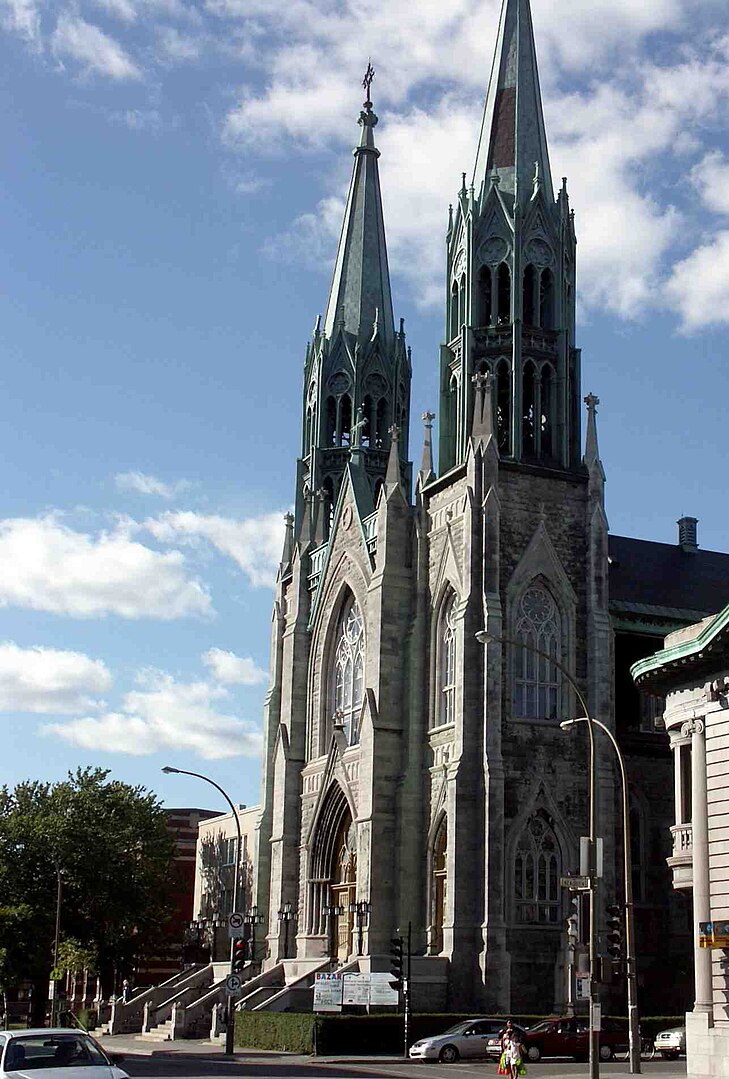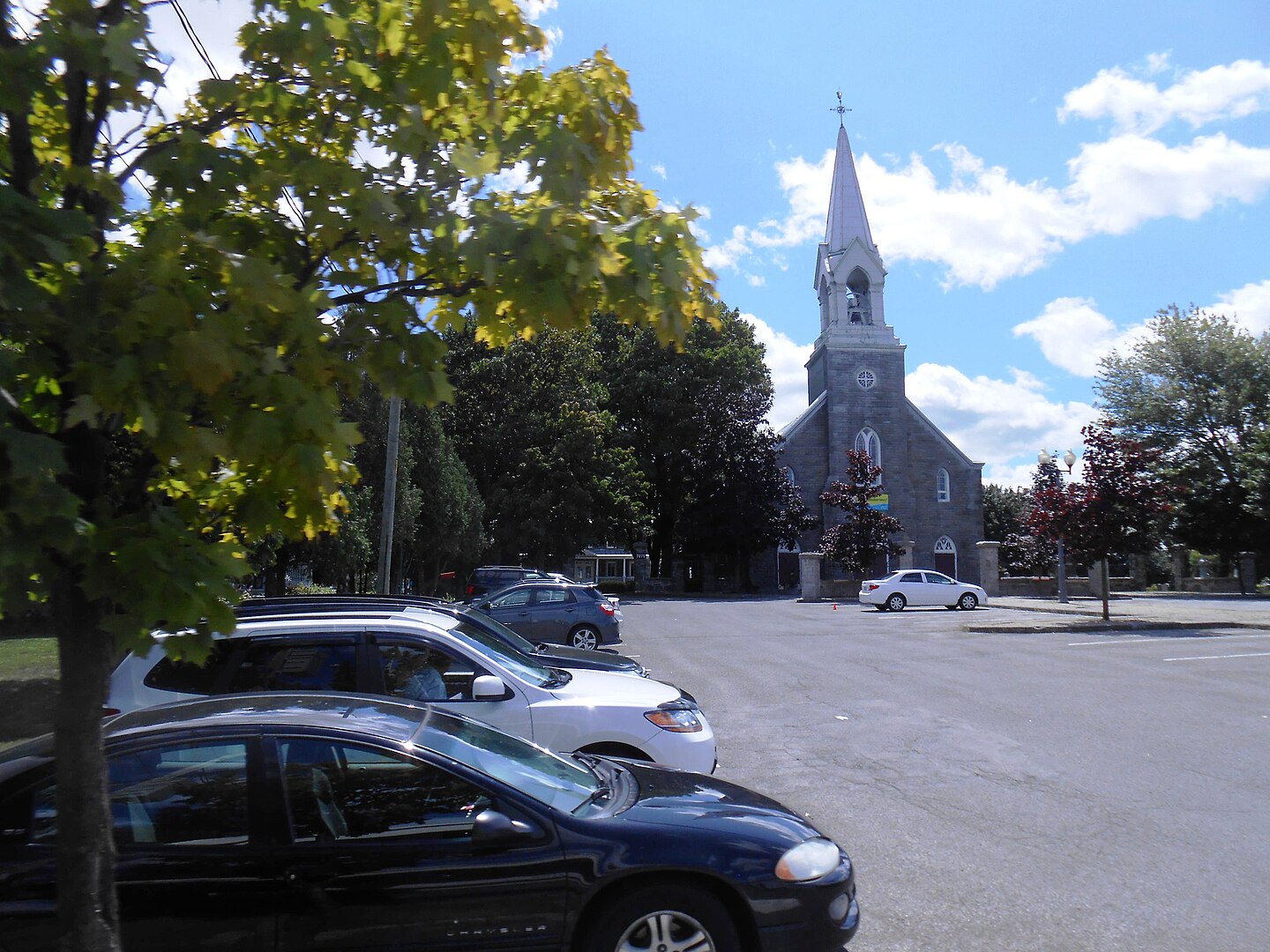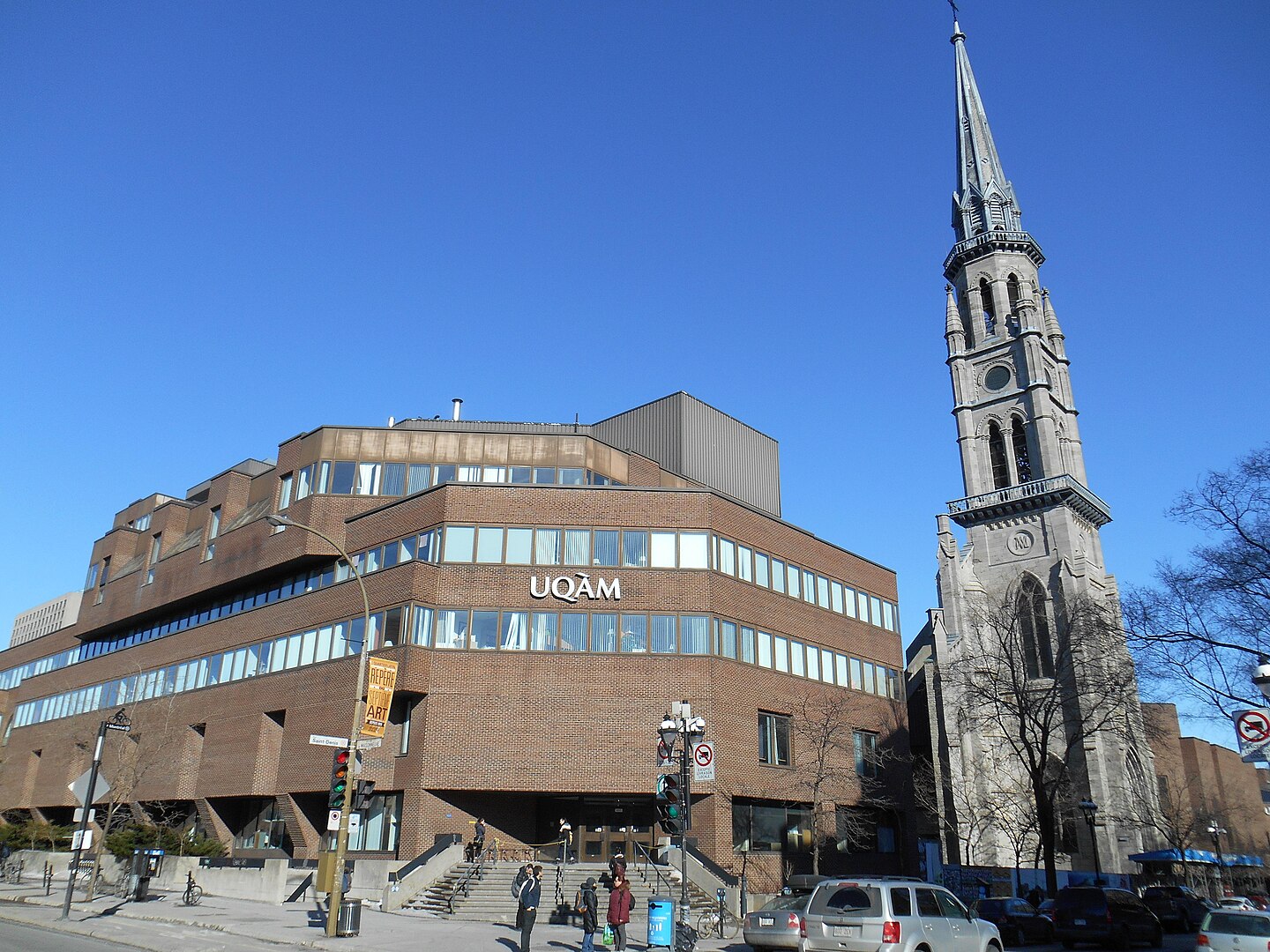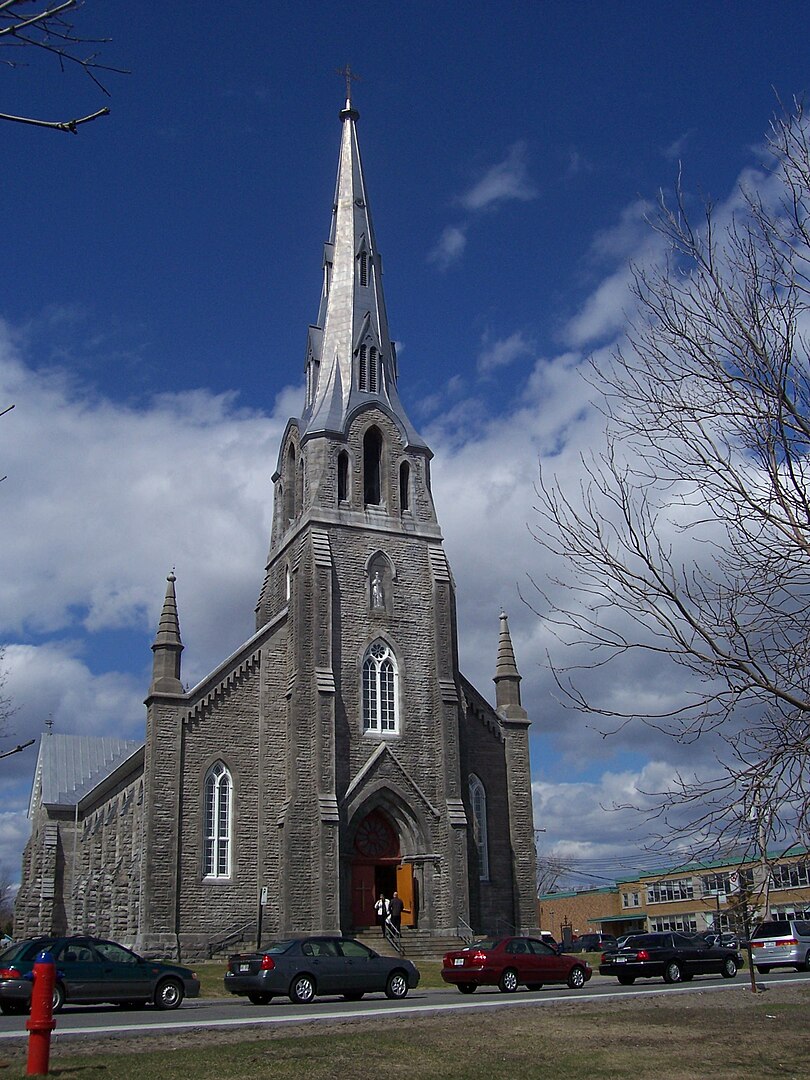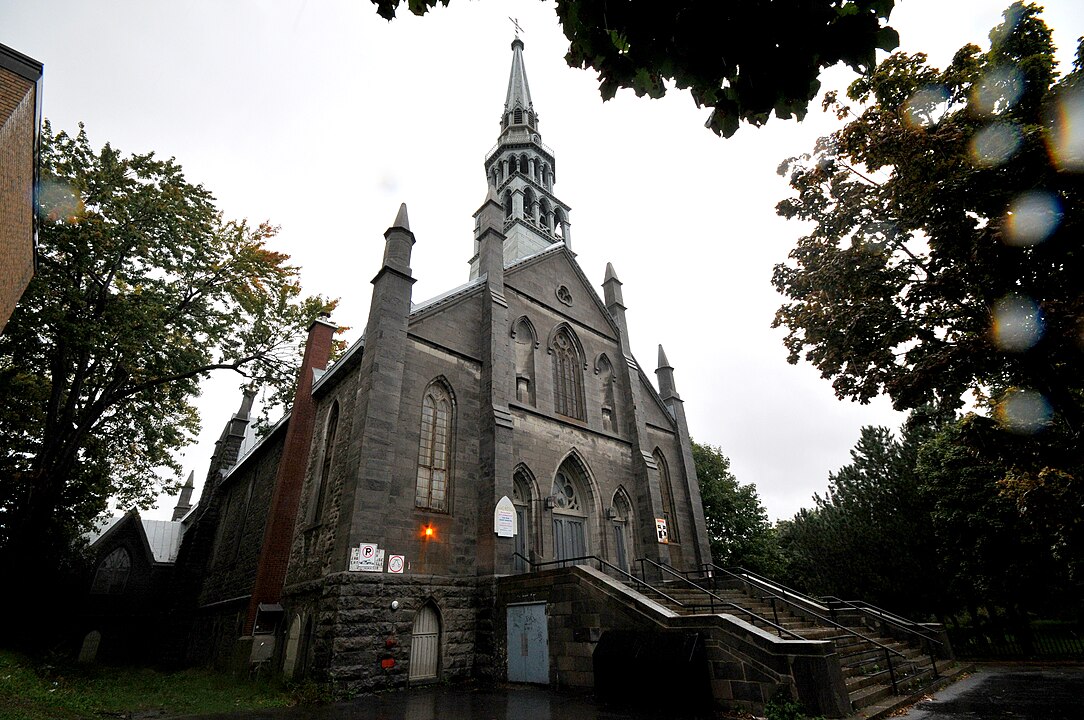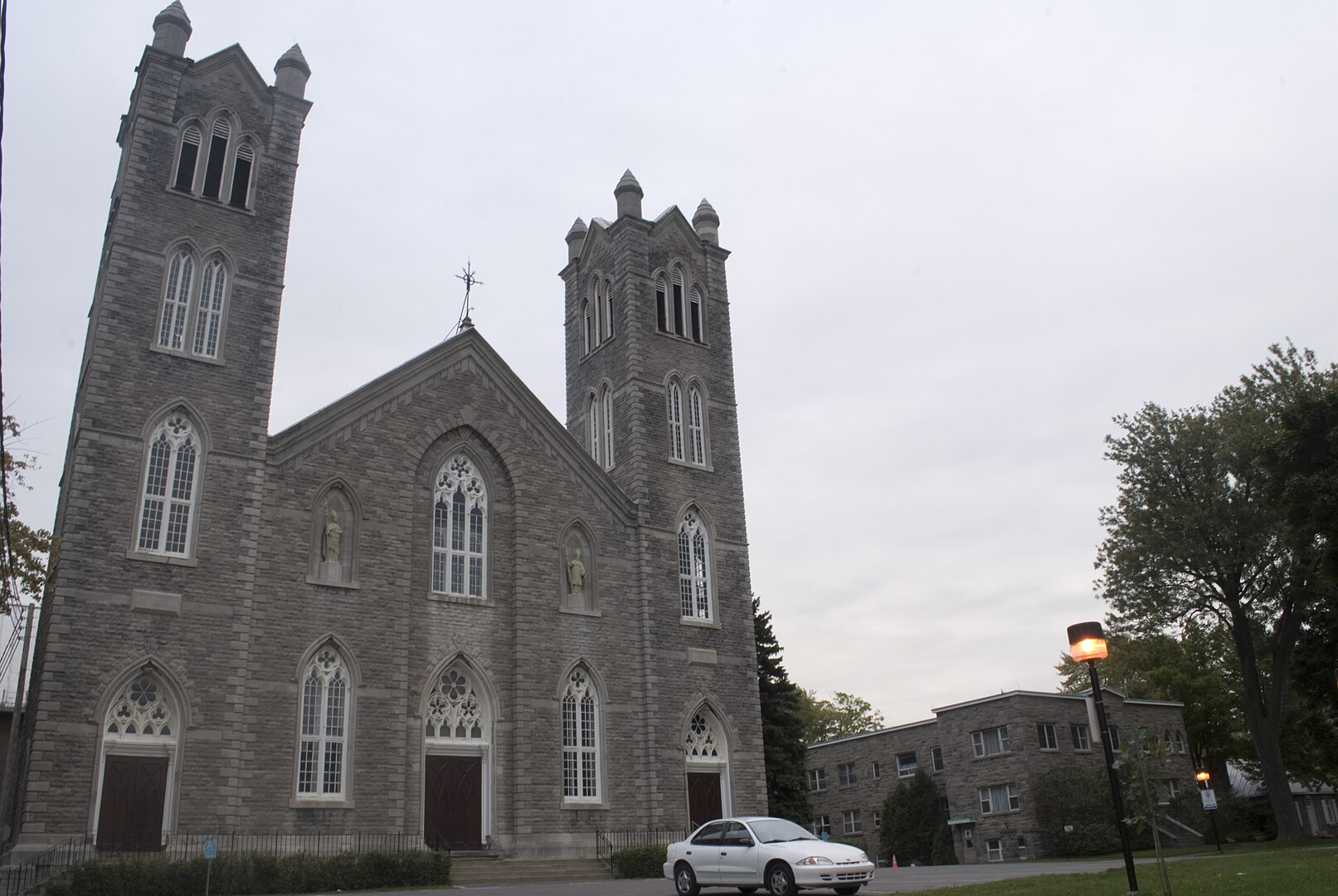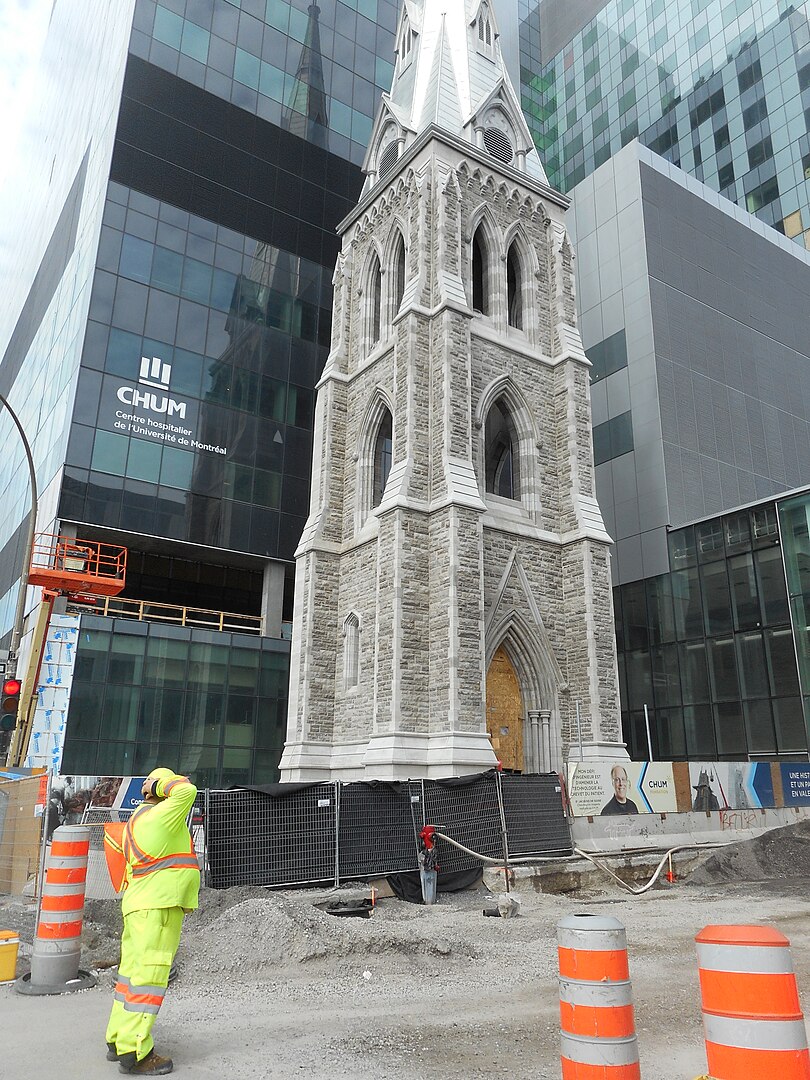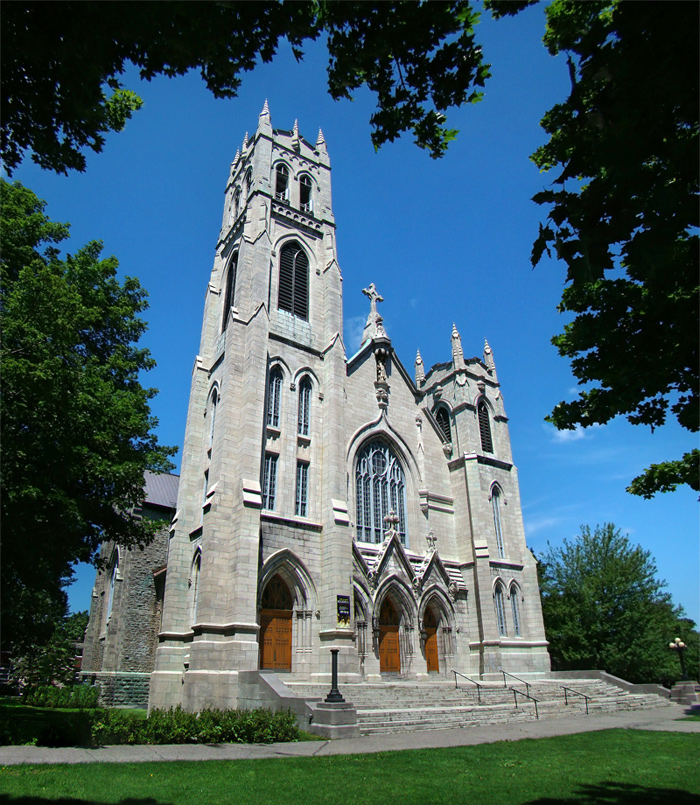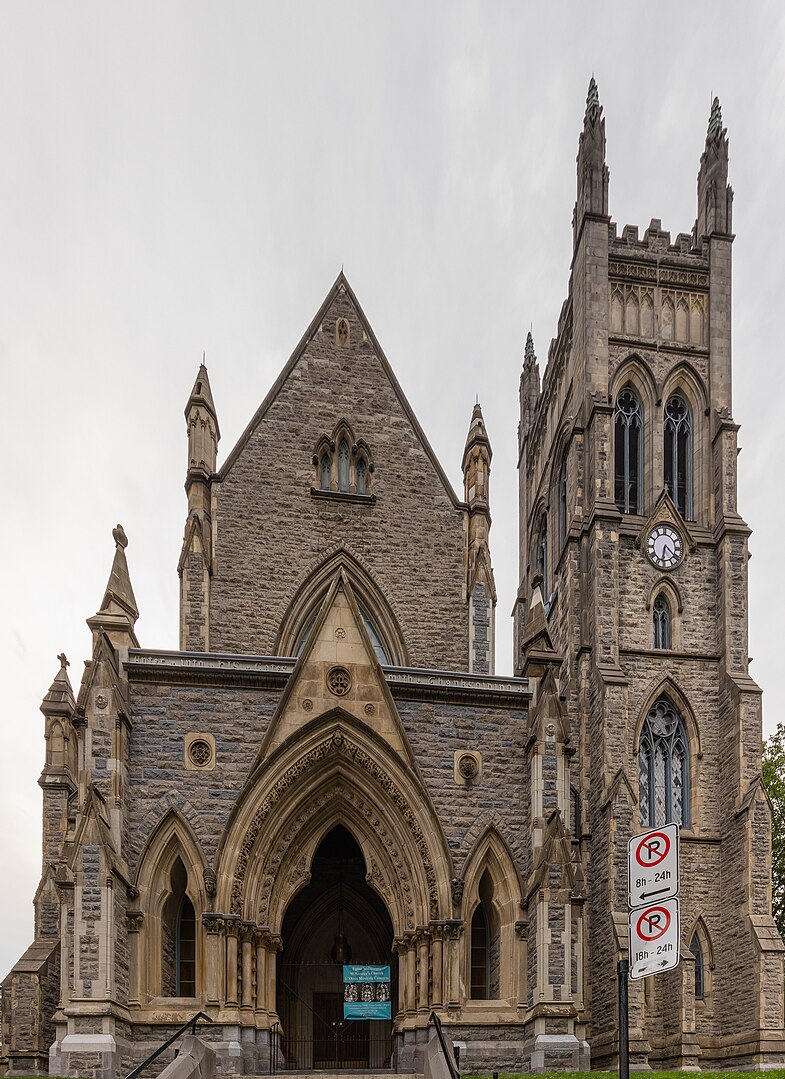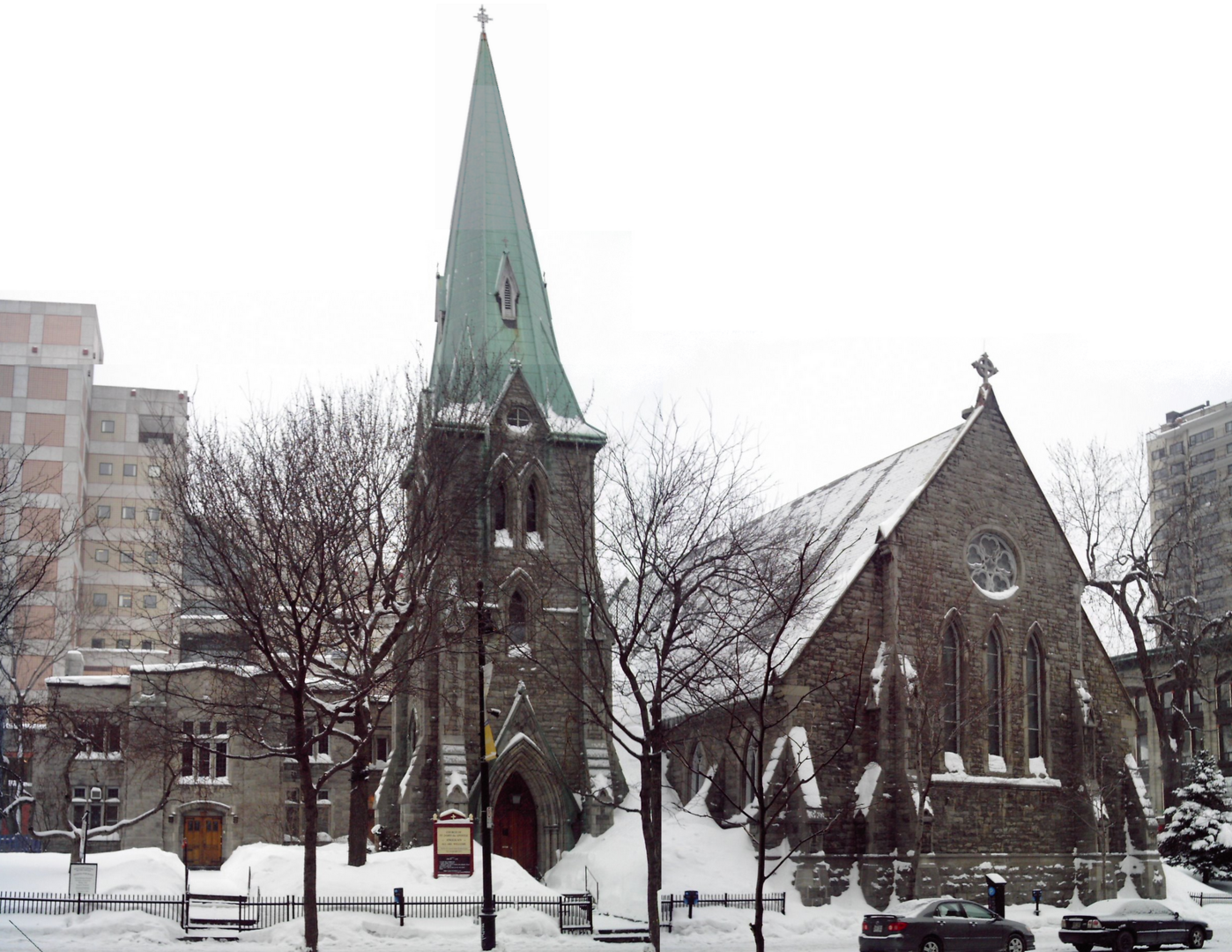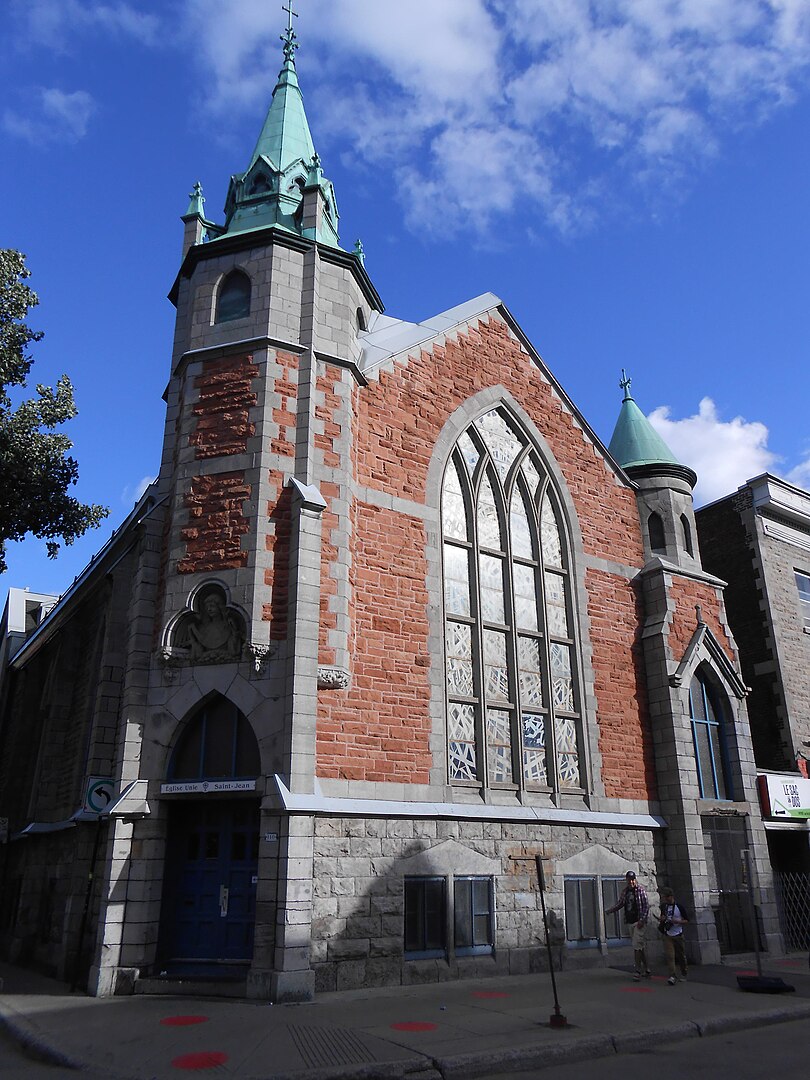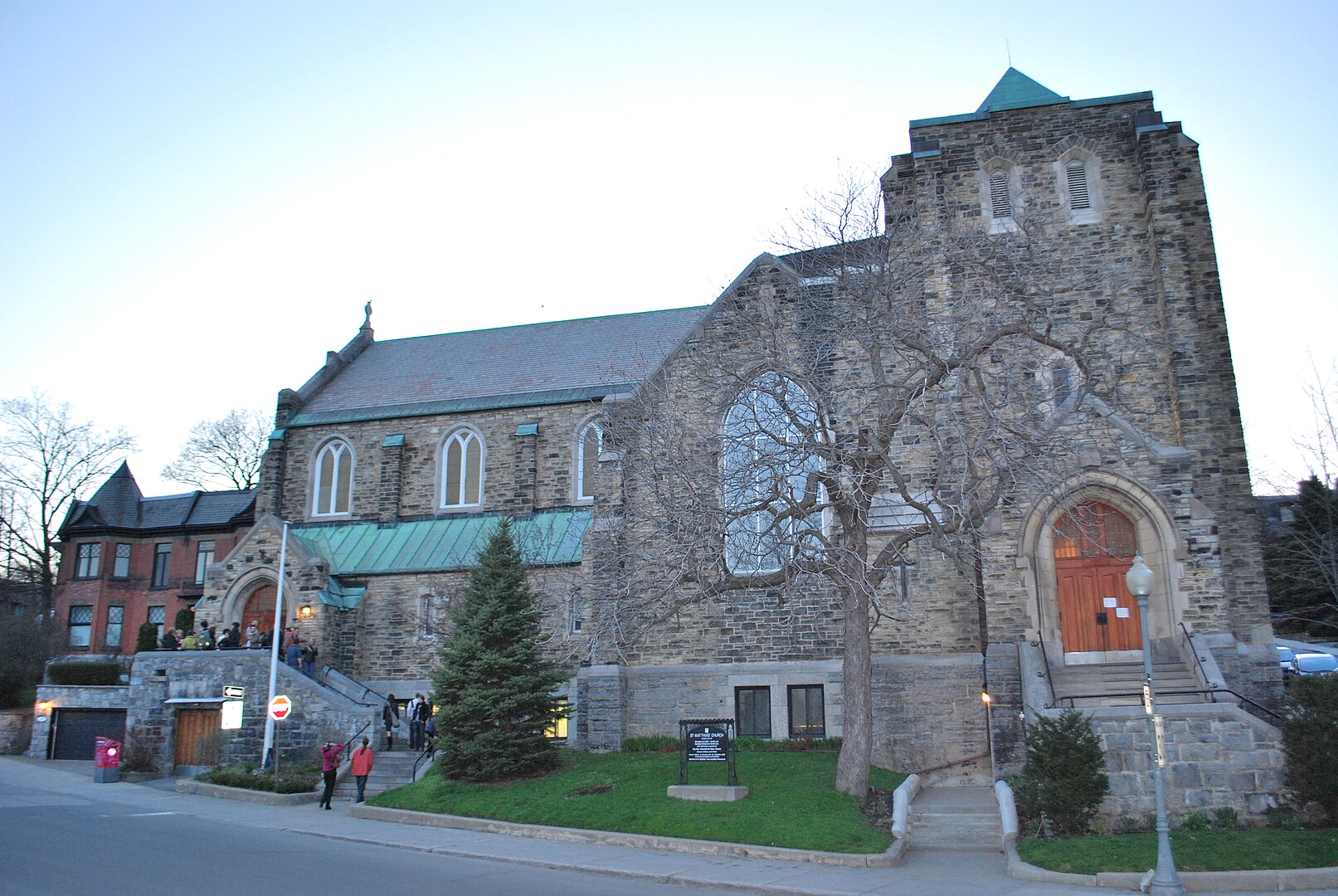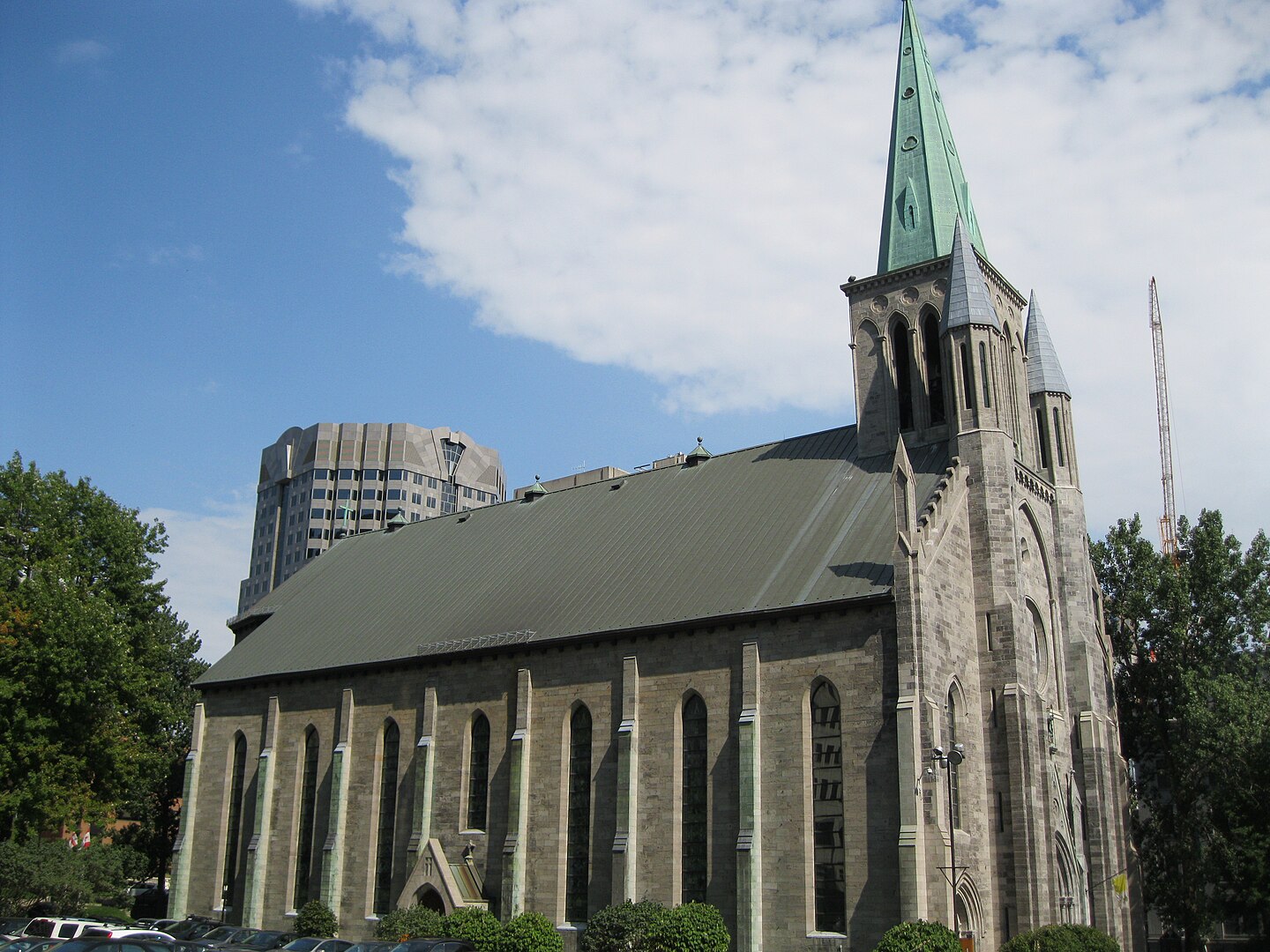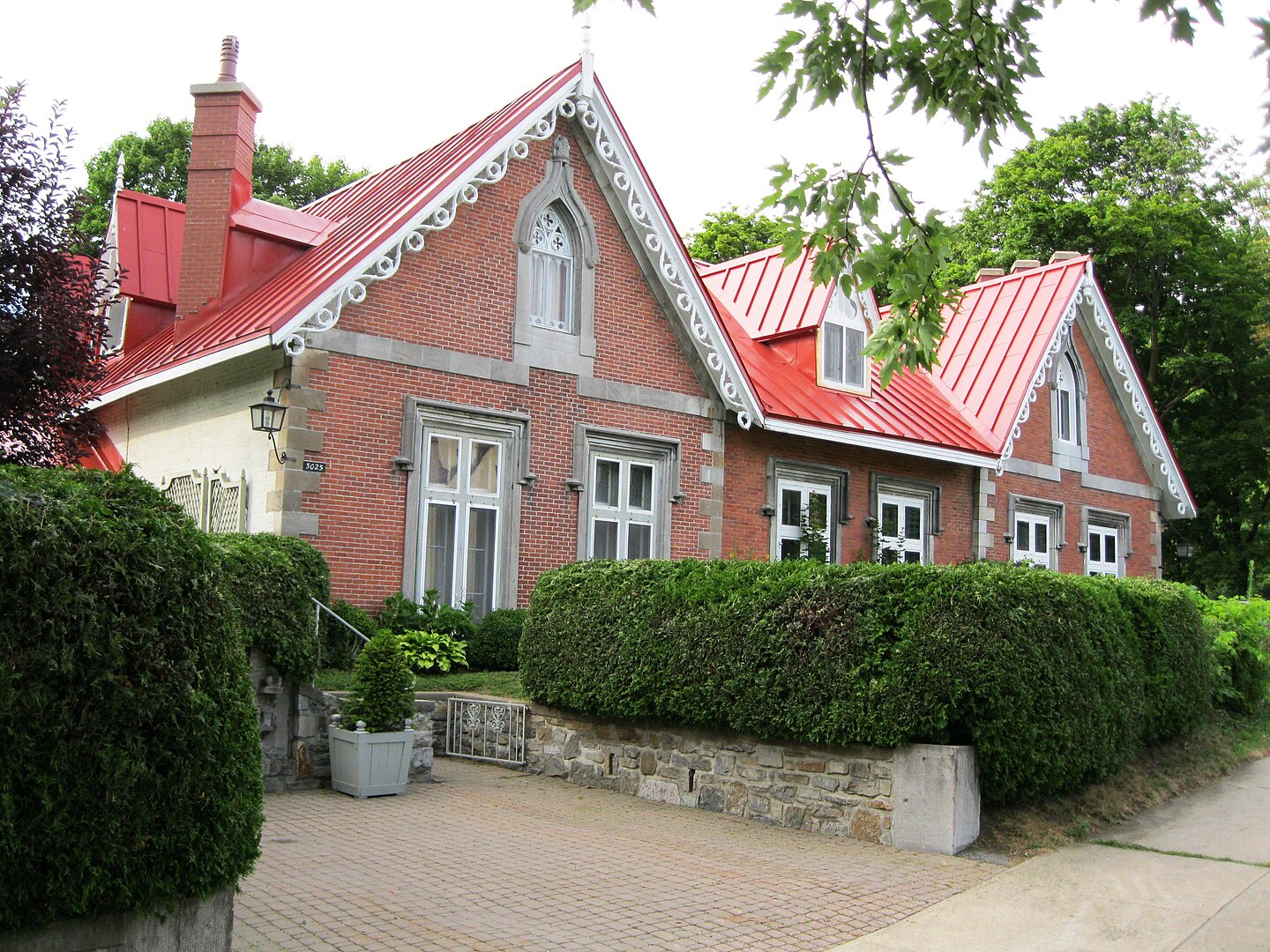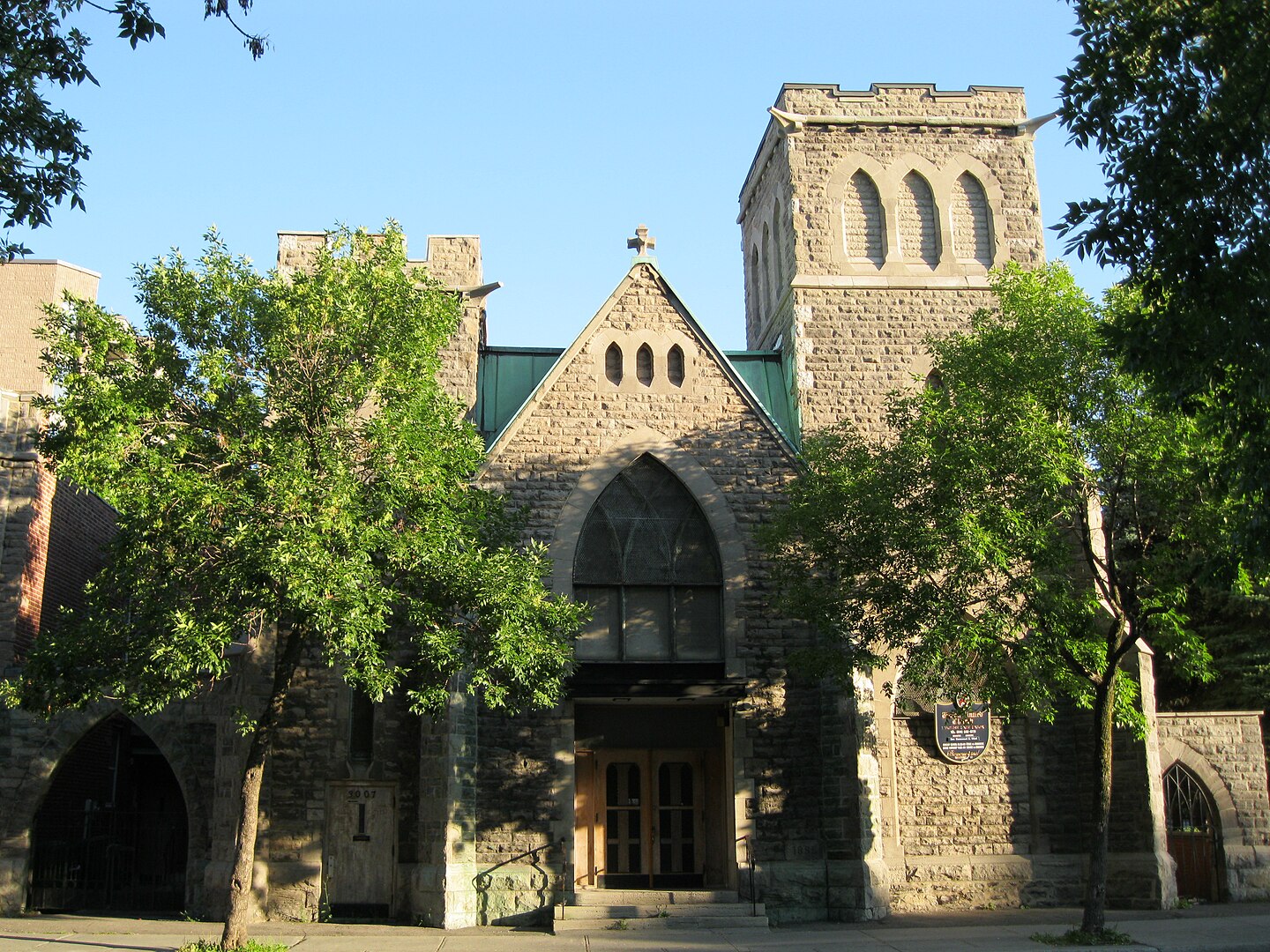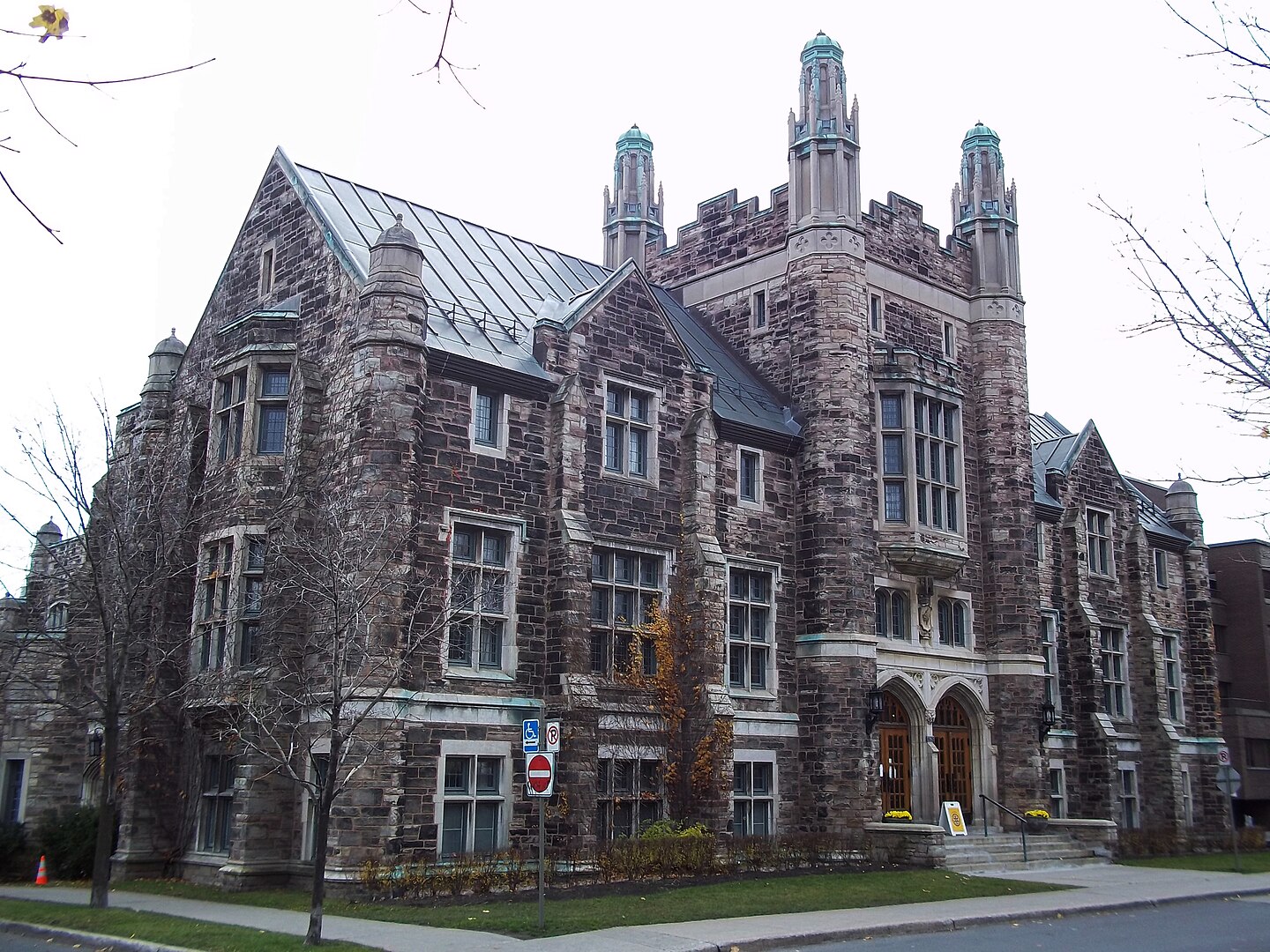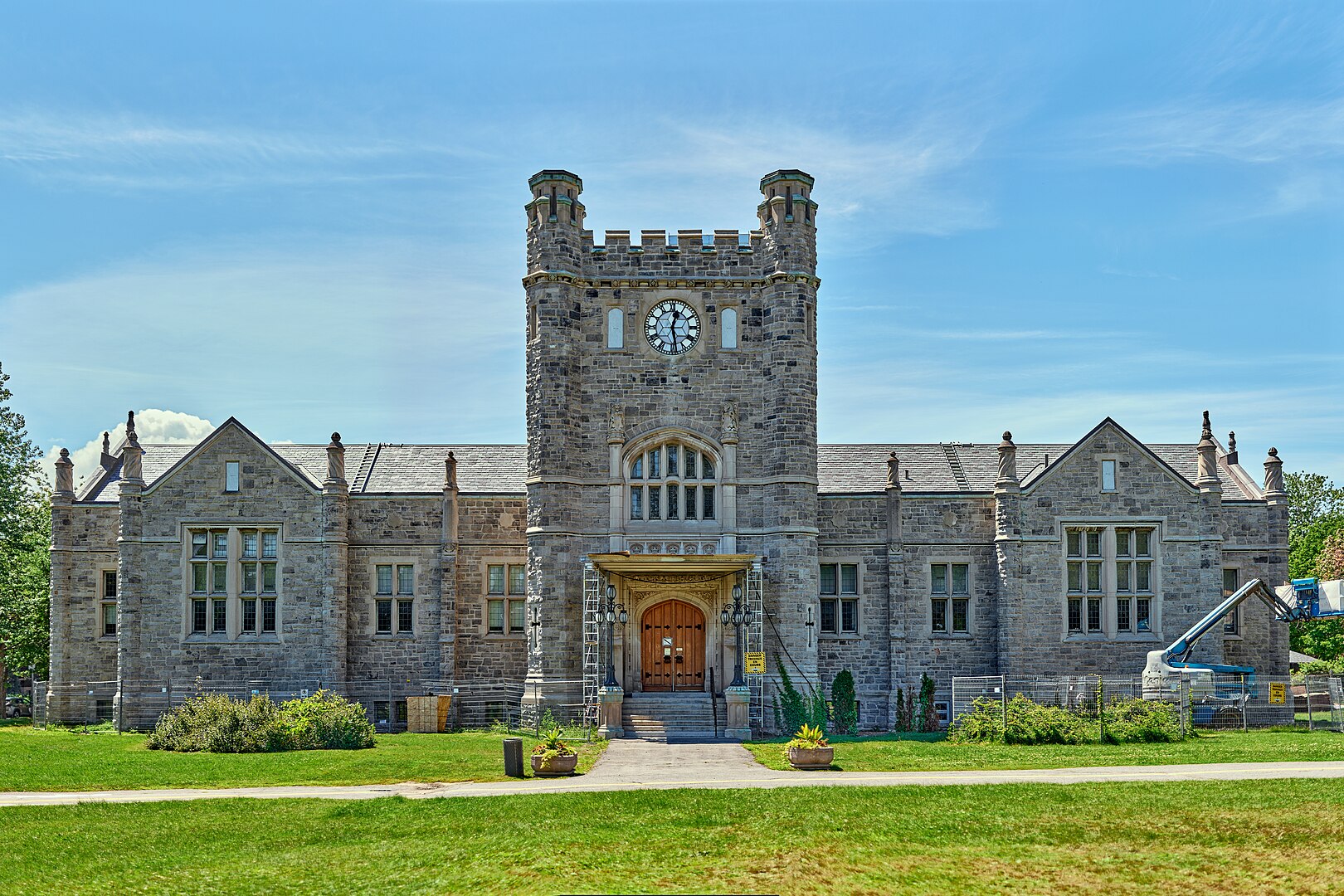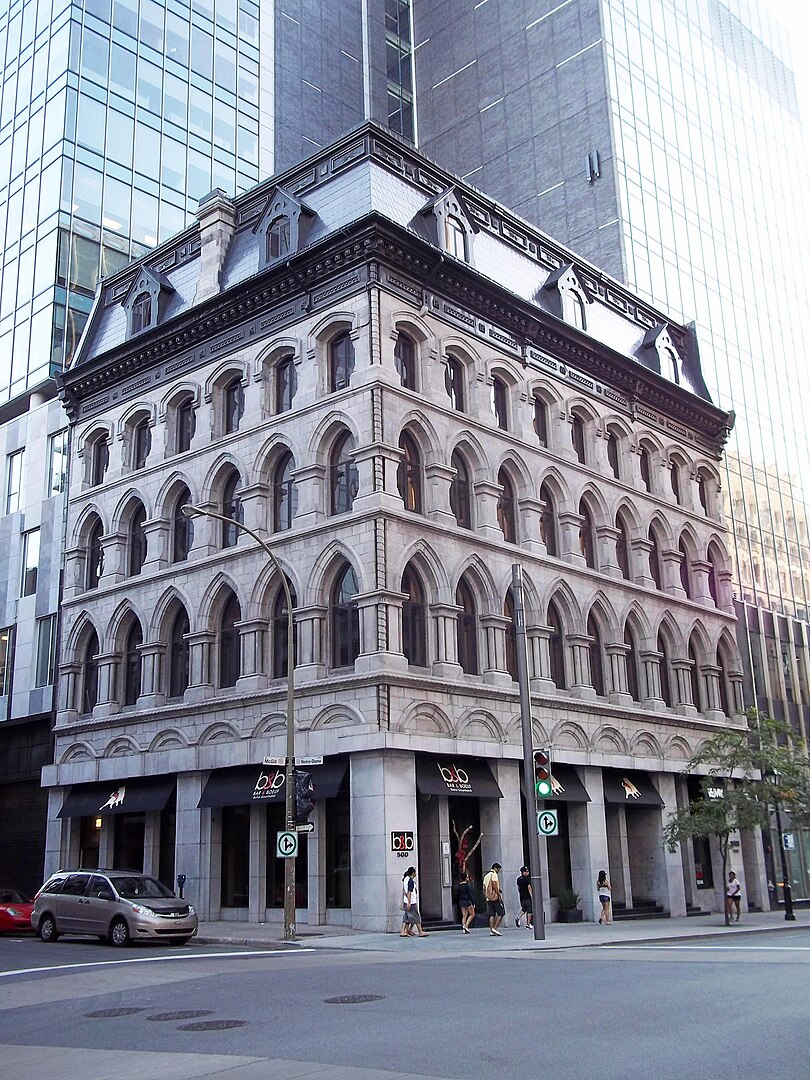
The Canadian real estate market continues to show resilience and growth as home sales activity recorded over MLS® Systems nationwide surged by 7.7% month-over-month in October 2024. This increase marks the highest level of sales since April 2022, a clear sign of recovery and renewed confidence in the housing market.
Market Trends: What’s Driving the Increase in Sales?
Several factors have contributed to the uptick in home sales across Canada:
- Improved Buyer Confidence: As the economy stabilizes and interest rates show signs of leveling off, buyers are feeling more confident about making major financial commitments.
- Inventory Availability: Many regions are seeing increased listings, providing buyers with more options. This has invigorated market activity in cities such as Toronto, Vancouver, and Ottawa.
- Seasonal Adjustments: Historically, fall is a strong period for real estate transactions as families and investors look to finalize purchases before the year’s end.
Breaking Records: The Highest Sales Levels Since April 2022
The last time the Canadian real estate market saw such robust activity was in April 2022, during a period of heightened demand and competitive bidding wars. While the market today operates under more stabilized conditions, the surge in sales suggests that demand remains high for well-priced properties.
For condo buyers and sellers, this is particularly important. Condos remain an attractive option due to:
- Affordability: Compared to detached homes, condos provide a cost-effective entry point for first-time buyers.
- Urban Living: Condos in urban areas like downtown Ottawa, Toronto, and Montreal are in high demand due to their proximity to amenities and workplaces.
- Investment Potential: Investors continue to see condos as lucrative opportunities for rental income and long-term appreciation.
Regional Highlights
While the national trend is positive, specific markets are driving this growth:
- Toronto and Vancouver: These metropolitan hubs continue to attract buyers with diverse housing options, including luxury condos and townhouses.
- Ottawa: As the nation’s capital, Ottawa has seen steady growth, particularly in the condo sector. Popular neighborhoods like The Glebe, West Centre Town, and South Keys are experiencing renewed interest.
- Smaller Cities: Emerging markets in smaller cities have also gained traction, offering buyers affordability without sacrificing quality of life.
What This Means for Condo Sellers
For condo owners considering selling, this surge in market activity presents a golden opportunity. A few tips to capitalize on the trend:
- Stage Your Condo: Ensure your condo is clean, decluttered, and staged to appeal to buyers.
- Highlight Amenities: Emphasize unique building features such as gyms, pools, or proximity to transit.
- Work with a Realtor: Partnering with a knowledgeable local realtor ensures you price competitively and market effectively.
For Buyers: How to Navigate the Market
- Get Pre-Approved: Rising demand could mean increased competition, so being pre-approved for a mortgage gives you a competitive edge.
- Stay Informed: Monitor listings in your preferred neighborhoods and act quickly on desirable properties.
- Think Long-Term: Whether buying as an end-user or an investor, focus on properties with strong appreciation potential.
Looking Ahead
The October 2024 sales increase is a clear indicator that the Canadian real estate market remains dynamic and full of opportunities. For buyers, sellers, and investors in the condo sector, this is an excellent time to evaluate options and make informed decisions.
Whether you’re looking to buy your first condo, upgrade your current home, or explore investment opportunities, the current market conditions make it an exciting time to participate in Canadian real estate.
Ready to Buy or Sell a Condo in Ottawa?
As an experienced realtor specializing in Ottawa condos, I’m here to help you navigate this vibrant market. Reach out today to explore available listings or get expert advice on selling your condo. Let’s make your real estate goals a reality!

